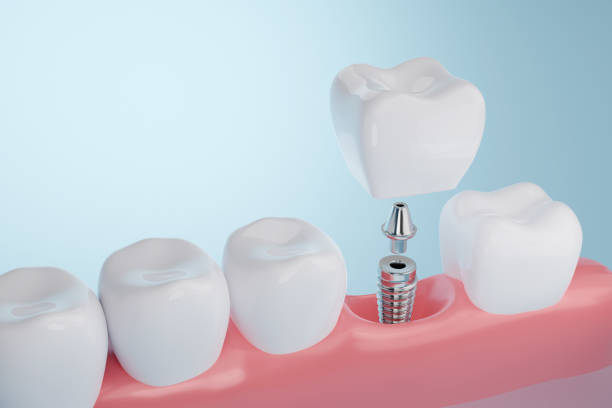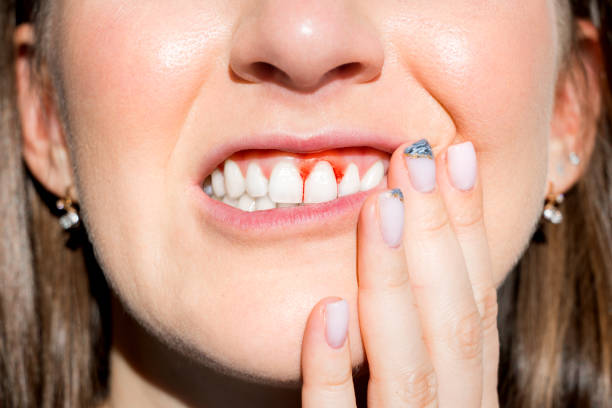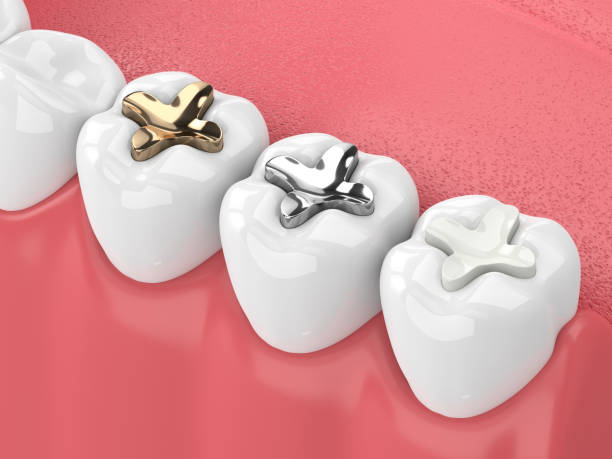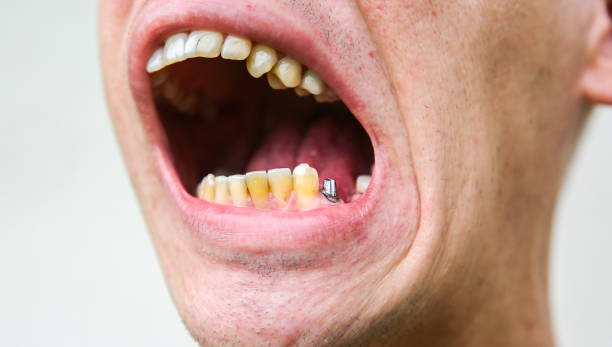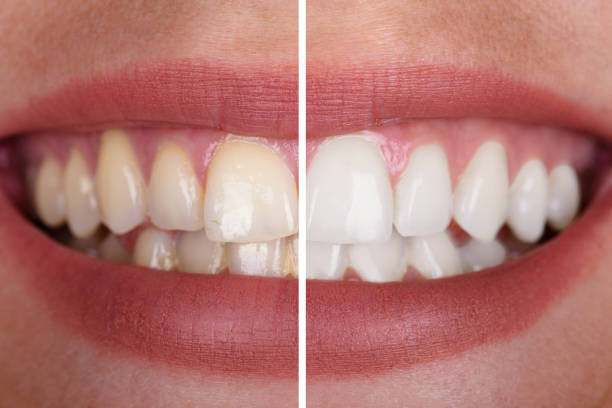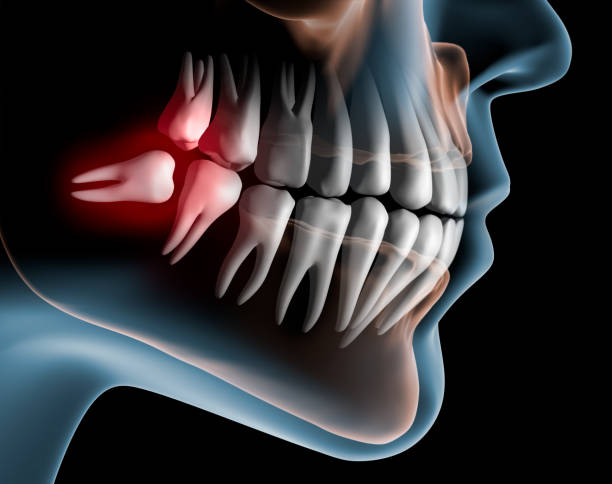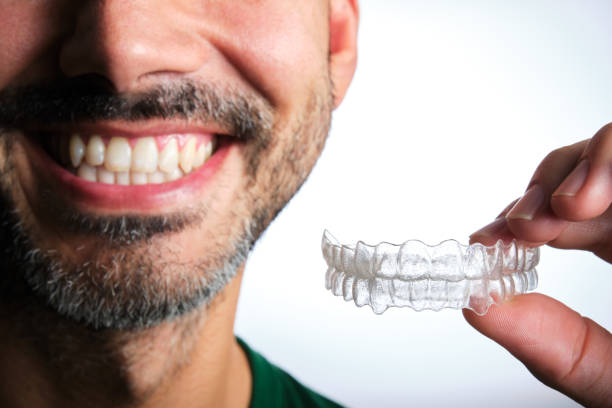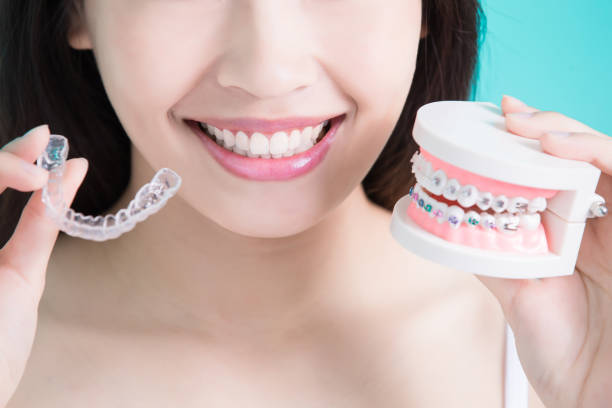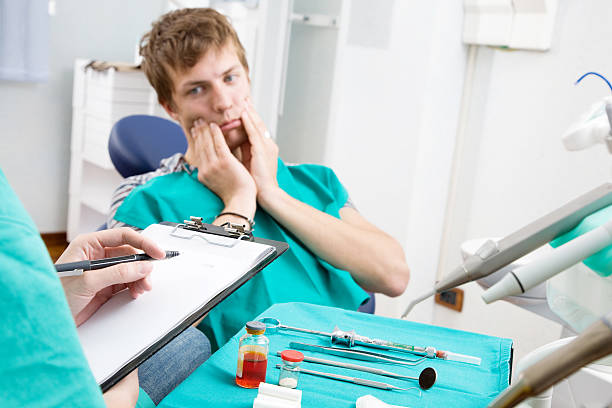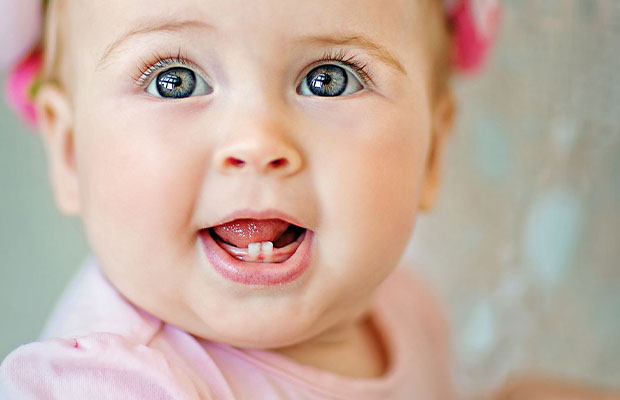Do you know how many teeth do you have? All adults have roughly the same amount of teeth, depending on whether all of their adult teeth have come in or whether they’ve ever had any teeth removed or damaged. Your digestion and bone structure are both significantly influenced by your teeth.
Table of Contents
How Many Teeth Do Babies Have?
Babies typically begin developing new teeth around the six-month mark. However, it’s not uncommon to see a 3-month-old with a tooth or a 1-year-old with only one tooth left. All a child’s “baby teeth” should be between 2-3 years old.
Due to their transience and eventual loss, baby teeth are also known as primary, or deciduous, teeth. 20 teeth, 10 on top and 10 on the bottom, make up a complete set of baby teeth.
Because our mouths aren’t big enough for a full set of adult teeth when we’re young, we get baby teeth, but kids still need teeth to chew. Thus, everyone is born with a complete set of teeth in each jaw. Baby teeth come in first, and as children get older, they gradually lose them and replace them with larger adult teeth.
Even though baby teeth are “temporary,” it’s important that they’re kept clean so that they’re healthy, to maintain lifelong oral health. Tooth decay in childhood can adversely affect adult teeth.
Brush your child’s baby teeth for a full two minutes, just as you would your own.
How Should We Care For Baby Teeth?
- As soon as your baby’s first tooth erupts, start brushing.
- Rub each tooth with a fresh baby cloth dampened with warm water. Gums can also be cleaned by rubbing.
- Give your kid a chilly, wet towel to chew on. This can relieve teething discomfort.
- When your toddler’s teeth are mostly in place, you can switch to using a child’s toothbrush (usually one with soft bristles). So that you can comfortably and properly brush all of their teeth, use one with a small head.
How Many Teeth Do Adults Have?
As early as age 5, people begin losing their baby teeth and gaining their adult set. Every adult has 32 teeth. By the time you reach your late teens, you should have all eight adult teeth.
In addition to incisors, canines, premolars, and molars, adults also have:
- 8 incisors. Your top and bottom four front teeth are sharp for grasping and chopping food. The texture and type of food you eat are also sensed with the aid of incisors.
- 8 premolars. Physically and morphologically, these teeth fall in between the cuspids and the molars. Premolars are frequently referred to as bicuspids and resemble molars in appearance but have two cusps. Food is torn and sliced by premolars.
- 4 cuspids or canines. Canine teeth also referred to as cuspids, are the pointed teeth on the top and bottom. They have cusps that can be used to grip and tear food.
- 12 molars. You have eight molars total, eight on each side. They can grind food down before swallowing it thanks to their large chewing surfaces. This includes your third set of molars, the wisdom teeth, which can erupt as late as your early 20s and are frequently extracted.
Not everyone has enough room in their mouth for all 32 adult teeth. According to science, humans’ jaws started to contract when they changed from sedentary farmers to hunters and gatherers. This might be the case because the new foods that people could eat were prepared in a softer, easier-to-chew manner, removing the need for a large, powerful jaw to eat in order to survive.
What Purpose Does Each Type of Tooth Serve?
Incisors
The incisors are sometimes referred to as the “front teeth.”’
The average adult has eight of these, four in the top row and four in the bottom row.
The back of the mouth’s teeth and tongue move food that has been cut into smaller pieces by incisors.
Premolars
Adults typically have eight premolars.
The larger teeth, which are located behind the canines, are those. The gums on a human have two on each side of the top gums and four on the bottom.
Premolars start the process of grinding food, which is their main job.
Canines
The teeth that are a little bit sharper than the others are the canines. These might be known as “fang teeth” by some people.’
These teeth not only tear and cut food but also prevent the upper and lower rows of teeth from contacting one another.
The canines’ design enables them to direct the rows of teeth so that they easily slide off of one another when the jaw moves.
Molars
There are three types of molars:
- first molars
- second molars
- third molars, or wisdom teeth
Adults typically have eight molars, with a first and second molar on each side of the mouth. They are located toward the back of the mouth.
The wisdom teeth, also known as third molars, are located directly behind the lips. Some individuals do not get wisdom teeth.
The purpose of the molars is to break down food into more manageable pieces for easy swallowing.
Various Factors That Affect The Number of Teeth
Unexpectedly, tooth loss is a common problem. And the primary cause of tooth loss in adults is periodontal disease (also known as gum disease). It is, fortunately, possible to prevent. It entails twice-daily brushing and daily flossing.
Other reasons for tooth loss include:
- Dental decay
- Ectopic dysplasia (a genetic disorder that can affect teeth)
- GI reflux (severe tooth erosion that results in stomach acid entering the mouth)
Beyond tooth loss, there’s also a condition called tooth agenesis, where teeth are missing in the mouth. Either all of the teeth are missing or there are missing teeth ranging from one to six or more. Genetically based and uncommon, this condition.
Additionally, situations can arise where an individual’s mouth develops a surplus of teeth. An additional incisor sandwiched between two central incisors is the most prevalent kind of supernumerary tooth.
Maintain Your Dental Health
Over your lifetime, you obtain two complete sets of teeth. You have 20 teeth when you’re a baby, and you should have 32 teeth when you’re an adult.
Each of the 32 teeth serves a specific purpose in the chewing and feeding process. To prevent cavities and other general health problems, take good care of your teeth and maintain healthy gums.
Conclusion
Now you know the deal about how many teeth we have. Typically, children have 20 teeth, and adults have 32 teeth (28 if the wisdom teeth are removed).
Remember that each one of them needs your care, even baby teeth. There are some cases where the number of teeth varies, resulting from tooth loss, tooth agenesia, or having extra teeth. So keep up with your oral hygiene no matter how many teeth you have. It’ll help make sure your teeth stay healthy and happy.

